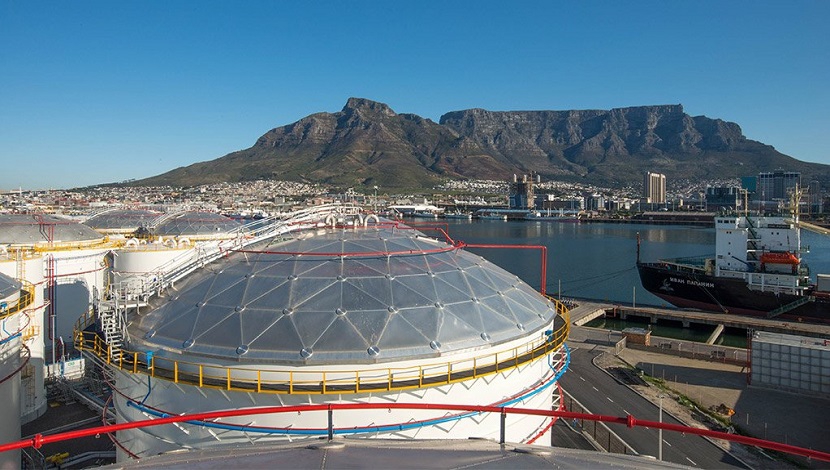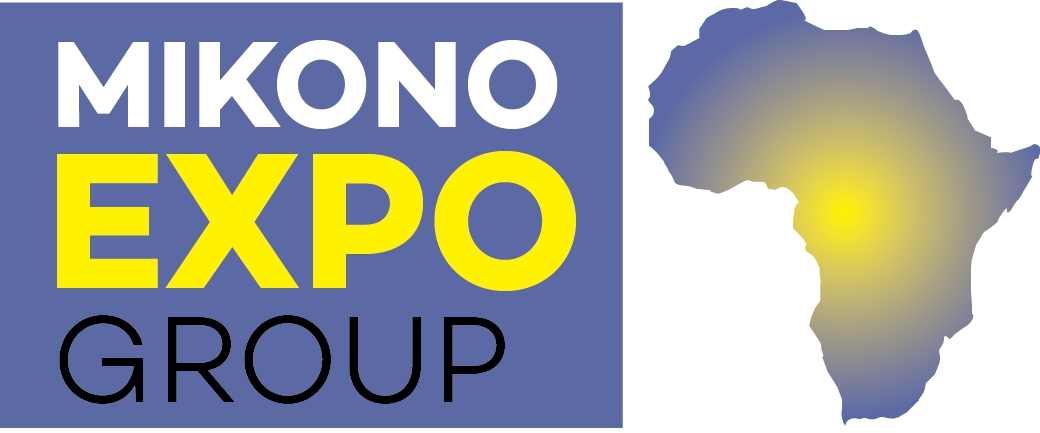

The Musina Intermodal Terminal (MIT), launched on Monday, is set to reduce the cost of cross-border trade, especially for bulk commodities, on the North-South trade corridor.
The terminal, about 3 km outside Musina and about 13 km from the Beitbridge border post, will serve to move commodities, including coal, copper, nickel and chrome, as well as citrus, maize and tomatoes, from road to rail, and vice-versa. The terminal is accompanied by the develop-ment of the N1 bypass route, which will move the freight vehicles off the congested Musina N1 highway, according to property development specialist Lionshare CEO Isaac Chalumbira, who spoke at the launch.
The 25 000 m2 facility will operate as a bonded facility and will transfer freights into SARS customs-inspected and sealed containers that are placed onto rail and from rail onto road vehicles. The containers are then run in bond to various terminals and to the Port of Durban, noted railway specialist company Barberry Group CEO Anand Moodliar.
The benefits of the system is that it reduces delays at the port, as the containers can easily be stacked and then loaded onto freight ships. The system also integrates with the Strategic Infrastructure Project 2, which is the improvement of the N3 Durban to Gauteng corridor; it also aims to move commodities from road onto rail, said Trade and Industry Dr Rob Davies, who also spoke at the launch of the logistics hub.
“The Musina-Makhado special economic zone (SEZ), the MIT initiative and the Beitbridge border post upgrade are part of the North-South corridor programme that aims to improve the infrastructure and reduce costs,” he said.
“When the SEZ is up and running, it could attract investments estimated at R40-billion and will see the development of metallurgical facilities, including a power plant, coking coal, manganese, ferromanganese, steel and stainless steel facilities. It will also create an estimated 20 000 jobs in the area.”
Musina can be a catalyst for trade in the region and is a vital transport node on the North-South Corridor to Zimbabwe, Zambia, and southern parts of the Democratic Republic of Congo. It also allows for access to Botswana, Mozambique and Malawi, said MIT chairperson and renowned African integration scholar Dr Morley Nkosi.





